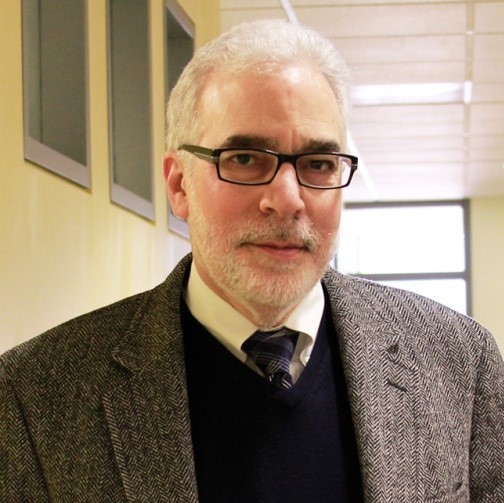Penn LPS Professor Shares Organizational Expertise with Veteran Community
Empowering Patient Voices at the Crescenz VA Medical Center in West Philadelphia
More and more, research facilities and healthcare centers are involving community members in medical studies, seeking to include the voices of patients and other stakeholders and incorporate their insights into analysis and treatment—an effort spearheaded by funding organizations such as the Patient-Centered Outcomes Research Institute.
One way to solicit participation is to invite patients and members of the public to serve on a community advisory board. Community advisory boards consult with medical researchers, review clinical research ethics, and share knowledge about the population being studied.
“The main role of a community advisory board is to provide patient-centered advice to medical researchers,” says Dana Kaminstein, an affiliated professor in the Organizational Dynamics Program at Penn’s College of Liberal and Professional Studies.
At the Corporal Michael J. Crescenz VA Medical Center, located in West Philadelphia near the Penn campus, leaders at the Center for Health Equity Research and Promotion (CHERP) realized the importance of involving veterans in providing advice to CHERP investigators. The Center’s then-director, Dr. Said Ibrahim, asked Dr. Kimberly “Max” Brown to spearhead the formation of a community advisory board of veterans. Brown is Co-Director of Research Development and Veteran Engagement at CHERP, and she and Ibrahim reached out to Kaminstein for assistance. Working together, Kaminstein and Brown launched the CHERP Veterans Community Advisory Board, or “VCAB.”
“Our focus was on forming a group that would work well together and whose members would feel empowered,” says Kaminstein, who also holds an appointment in the Graduate School of Education. “Our first step was to ask veterans and VA researchers to participate in a focus group and talk about what they would like to see in a community advisory board—so we got input from veterans right from the outset on how to shape the board.”
Community advisory boards are part of an approach called “participatory action research” and can prove invaluable, ensuring accurate representation of the populations who stand to benefit from the research. For example, one participant in the VA’s initial focus group suggested that spouses and partners of veterans be included in the VCAB. “This person pointed out that spouses are often caretakers of injured or ill veterans and would have important input,” says Kaminstein. “As a result we have one military spouse on our advisory board.”
Because CHERP focuses on equity in healthcare, the VCAB reviews studies and proposals to make sure they address the needs of underserved veteran populations. VCAB members include male and female veterans of various ethnicities, and veterans of the Korean and Vietnam Wars up to those serving in recent and ongoing conflicts. As one of the main facilitators, Kaminstein serves as a sounding board for group discussions, and designs program evaluations and surveys that solicit feedback on the group’s performance.
All of this is informed by and relates back to Kaminstein’s scholarship and teaching at LPS. In fact, it was one of Kaminstein’s former students, Heather Johnson, who first put him in contact with CHERP.
“In the course I teach on organizational dynamics, students learn about participatory action research, and we spend time learning and practicing interviewing skills,” he says. “Those who are interested also design and run a focus group with their colleagues in class, so they’re getting hands-on experience with these methods.”
Kaminstein’s work with the VCAB is supported in part by Penn’s Professional and Organizational Development Program, which offers non-credit learning programs for organizations and businesses on topics such as effective communication, team building, and leadership development.



